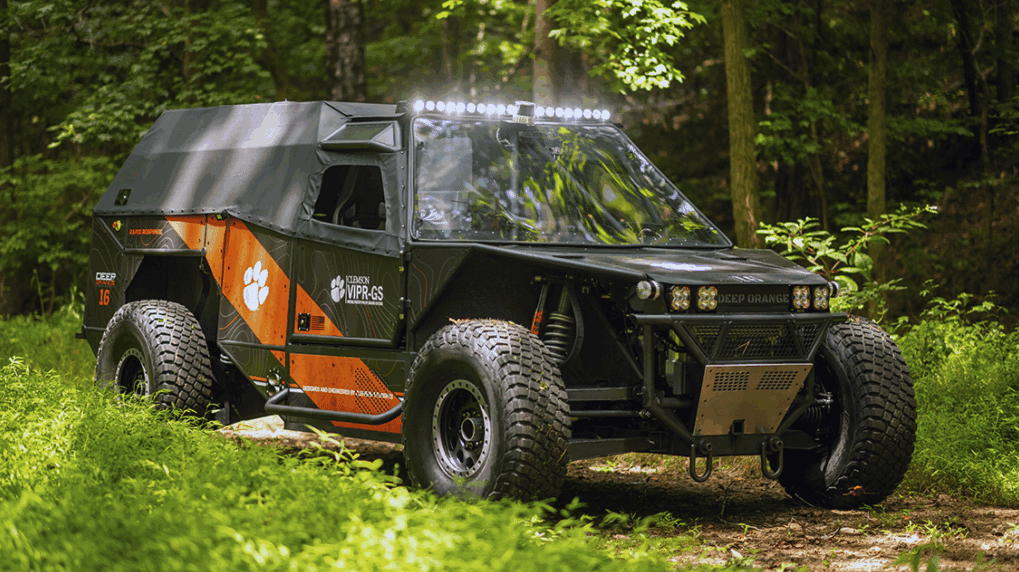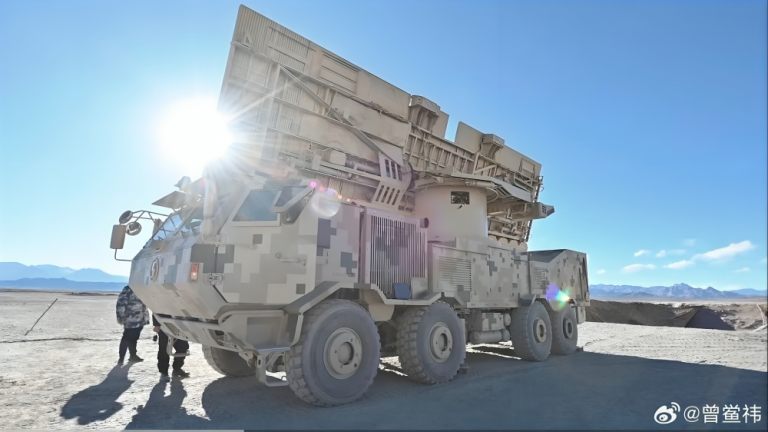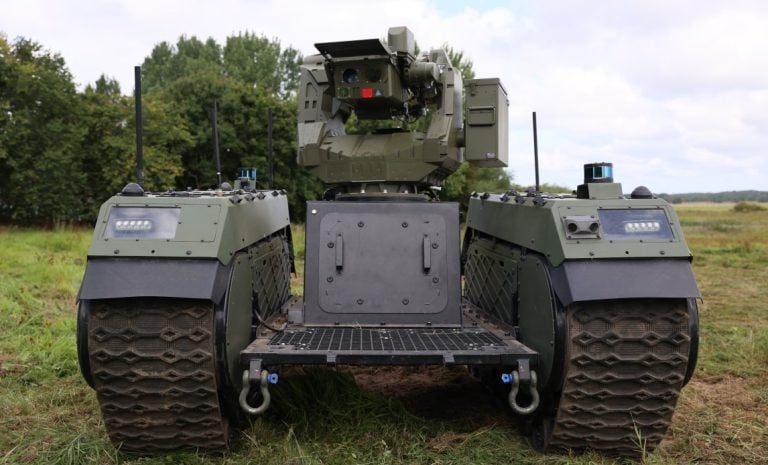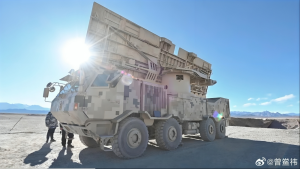Clemson University’s Deep Orange project has introduced its most advanced vehicle to date: an all-terrain rescue vehicle specifically designed for disaster relief and military missions. This cutting-edge vehicle, known as Deep Orange 16, is the result of collaborative efforts from 17 graduate students and has received support from the U.S. Army.
Deep Orange 16 features significant upgrades over its predecessor, particularly in its electric powertrain, which now includes continuous battery charging capabilities. This advancement provides the vehicle with an impressive operational range of up to 350 kilometers (approximately 217.5 miles). Designed with stealth in mind, it operates in near silence, making it ideal for sensitive missions where discretion is crucial.
Safety and efficiency are at the forefront of its design. The vehicle is equipped with a sophisticated 360-degree camera system that incorporates AI-powered hazard detection. This system enables the vehicle to identify potential threats from as far away as 100 feet (about 30.5 meters). Additionally, advanced obstacle-tracking sensors continuously monitor the surrounding area, ensuring safe navigation in complex environments.
This latest development underscores Clemson University’s commitment to innovation and its role in shaping the future of rescue operations and military capabilities. The Deep Orange project continues to push the boundaries of technology in response to real-world challenges, showcasing the talents of its graduate students while addressing pressing needs in disaster and rescue operations.













